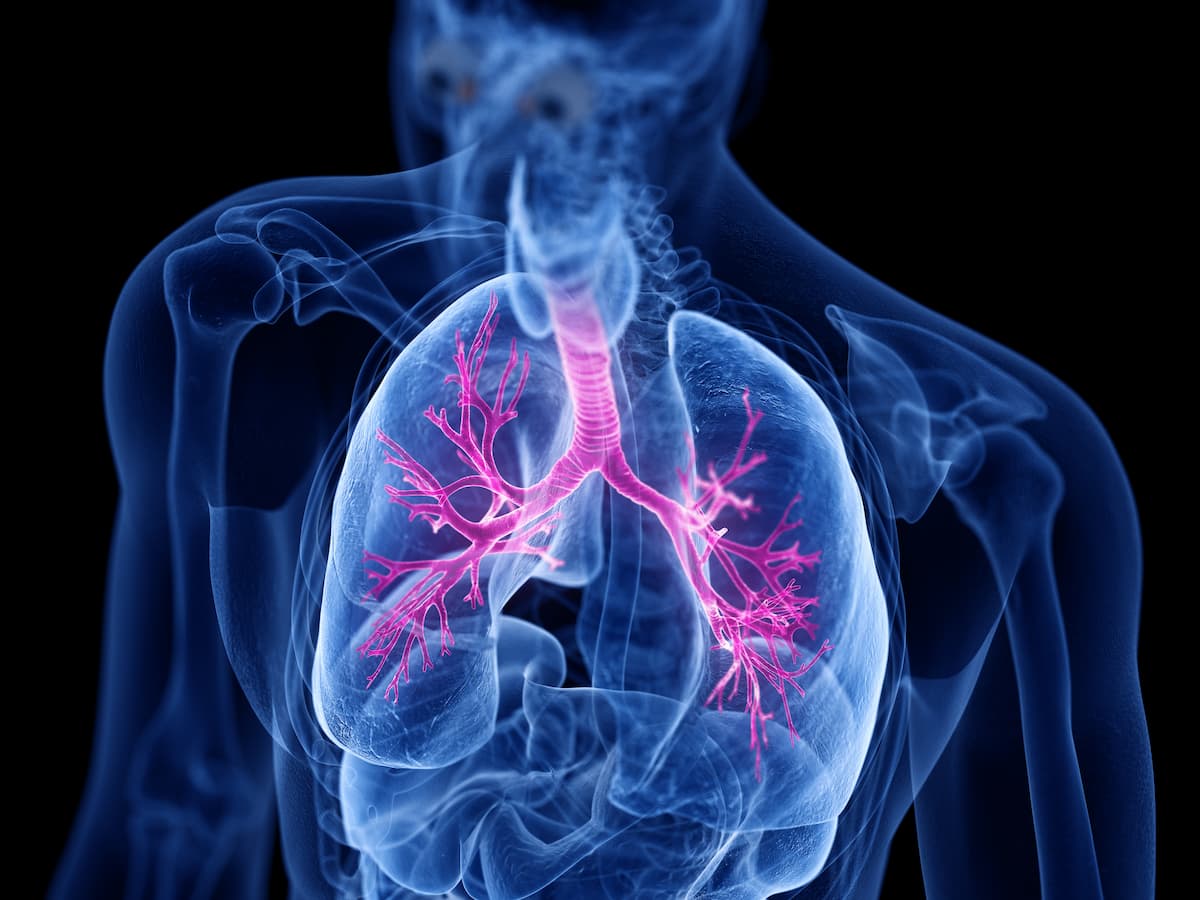
Pulmonology
Latest News
Latest Videos

CME Content
More News

Patients with acute exacerbations of idiopathic pulmonary fibrosis and progressive pulmonary fibrosis face steep odds and benefit from palliative care.

Polyethylene terephthalate microplastics are the most common microplastics encountered in daily life, and there are several reasons why they may play a role in lung diseases like idiopathic pulmonary fibrosis.

While observational studies have previously pointed to an association, being able to identify causation has been difficult due to overlapping risk factors and confounding variables.

Strategies that combine ferroptosis inhibition with established antifibrotics could ultimately move treatment from slowing progression to truly reversing fibrosis, new research suggests.

The findings are part of a new wave of research that uses artificial intelligence (AI) to hasten scientific discovery.

Telomere length can be used in the diagnosis of interstitial lung diseases like idiopathic pulmonary fibrosis, but it likely also has therapeutic implications, according to a new report.
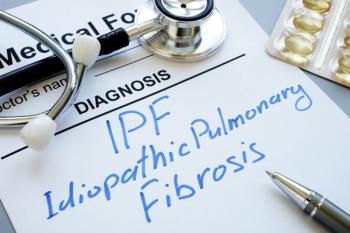
Patients with idiopathic pulmonary fibrosis are at a higher risk of certain cardiovascular diseases.

From alveolar injury to extracellular matrix accumulation, the complex biology of pulmonary fibrosis is being unraveled alongside explorations of both Western and traditional Chinese therapies.

Factors such as age, smoking status, and body mass index can help clinicians predict a patient’s risk of 30-day mortality.

With limited treatment options and potential for admission to the intensive care unit, researchers of a new paper highlighted the importance of discussing goals and initiating palliative care early on.
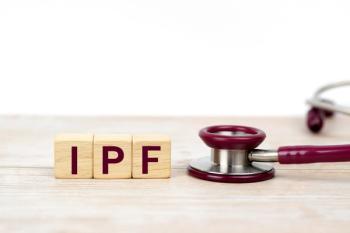
Thirty-six immune cell phenotypes were flagged as having an association with idiopathic pulmonary fibrosis (IPF).

Despite recommendations on early referral for lung transplantation in cases of pulmonary arterial hypertension (PAH), there is a lack of in-depth understanding of this current landscape; in this analysis, clinical parameter data were used to compare outcomes between patients who were and were not referred for lung transplantation.

The global burden of pulmonary arterial hypertension (PAH) remains great, with cases jumping 85.6% in 32 years.
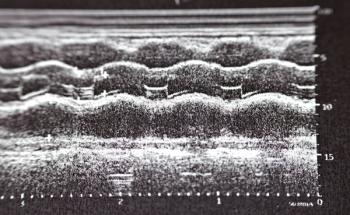
Treprostinil palmitil inhalation powder (TPIP) for pulmonary arterial hypertension (PAH) showed promising results in a midstage clinical trial, significantly improving key measures of heart and lung function.

While citing overwhelming barriers patients in rural areas face when accessing care, providers noted the potential of telehealth to improve access in a survey.

Research from Anjali Vaidya, MD, FACC, FASE, FACP, Temple University Hospital, reveals critical care gaps for patients with methamphetamine-associated pulmonary arterial hypertension (PAH), emphasizing the need for early diagnosis and integrated support.
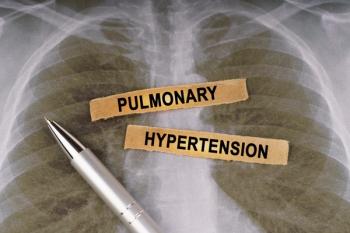
The pulmonary arterial hypertension (PAH) drug preserved its safety profile at 2.5 years of treatment and continued to reduce mortality compared with placebo.

The combination of antifibrotic therapy and pulmonary vasodilator therapy improved transplant-free survival but had no significant impact on exercise capacity in pulmonary fibrosis and pulmonary hypertension.

Cardiac output and stroke volume as measured by impedance cardiography may hold potential to predict clinical deterioration from pulmonary arterial hypertension (PAH).

The 18-meter walk test (18MWT) effectively evaluates disease severity and predicts clinical outcomes in pulmonary arterial hypertension (PAH), enhancing traditional assessment methods.

For this analysis, outcomes were compared between individuals who had pulmonary arterial hypertension (PAH) and healthy controls by using Fitbit-derived data over 12 weeks and then at a 1-year follow-up.

Patients and physicians agree about which symptoms have the biggest impact on patients’ quality of life.
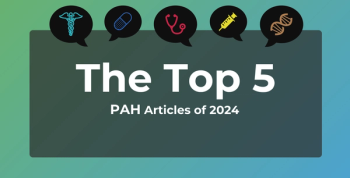
The top articles about pulmonary arterial hypertension (PAH) in 2024 included FDA approvals, the effect of salt substitutes on hypertension, and how diagnosis time affects outcomes.

Aerosolized vascular endothelial growth factor/stromal cell-derived factor-1α (VEGFNP/SDFNP) led to a lower pulmonary arterial pressure and prevented right ventricular hypertrophy after monocrotaline (MCT) injection in rats.
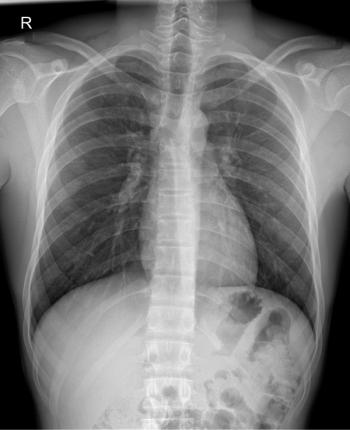
Many roadblocks exist to detecting and assessing pulmonary hypertension (PH) in patients with interstitial lung disease (ILD), but creative thinking and artificial intelligence (AI) may soon help improve the landscape.


